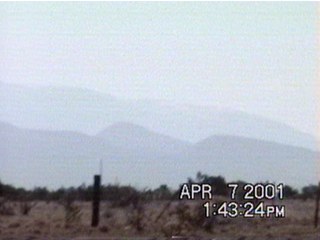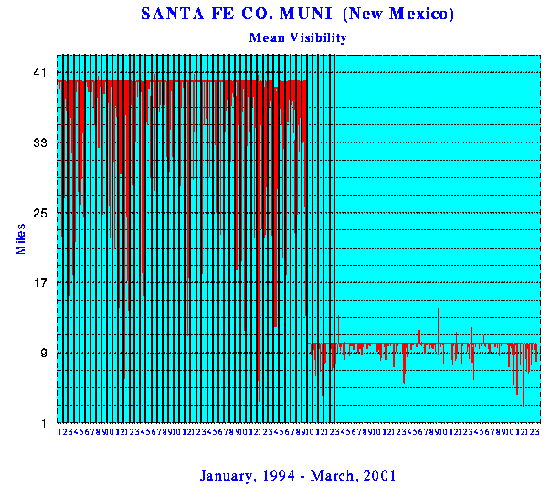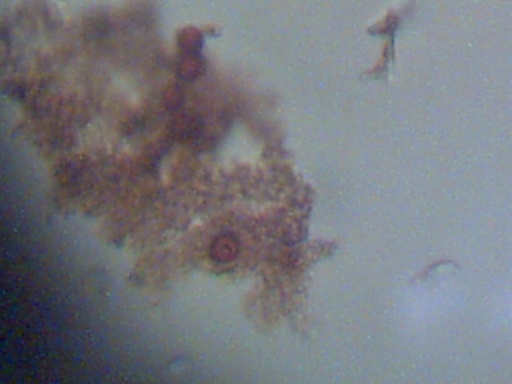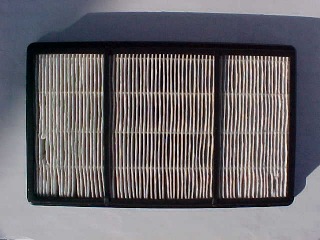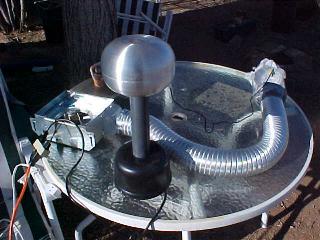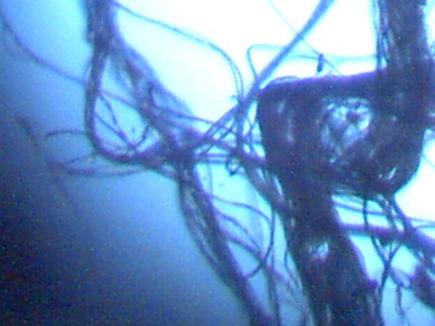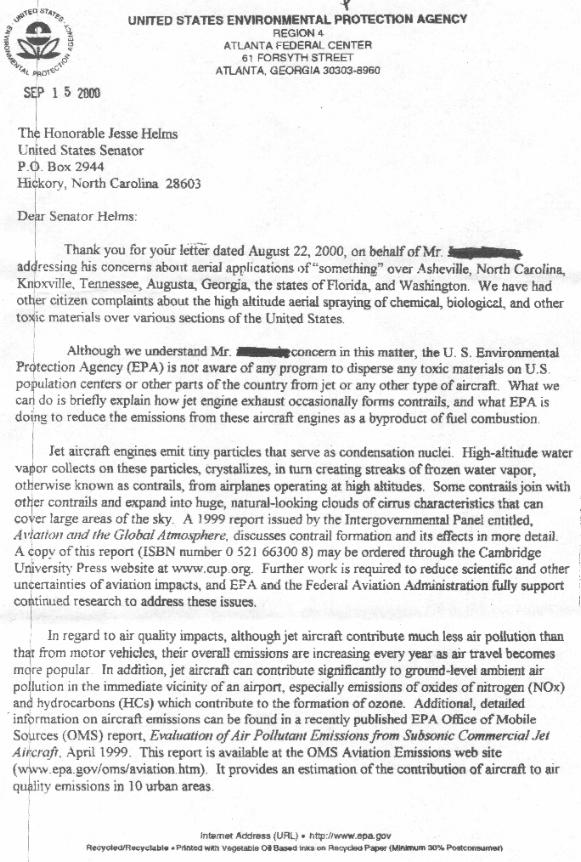
CAUTIONS AGAINST PREMATURE CONCLUSIONS
Carnicom outlines criteria and conditions to be satisfied in drawing conclusions about the specific purposes or agendas of aircraft aerosol operations currently in progress in the United States and globally, and cautions against drawing premature conclusions of such programs. A list of 19 items to be considered when drawing conclusions is presented in this paper.

